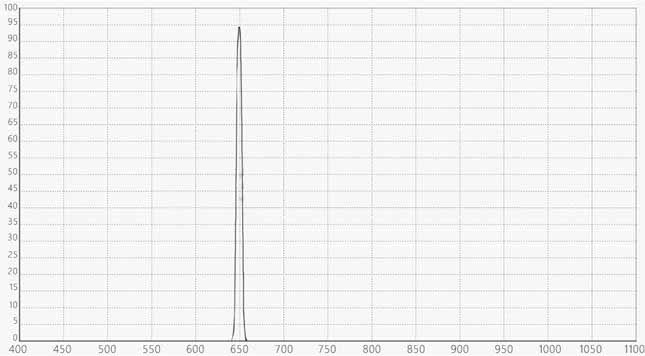Products News
Vein Recognition Imager Filters

Venin recognition imager is also called vascular imager, infrared vascular imager. It mainly uses optical specific bands to detect subcutaneous superficial veins and project vascular images on the skin surface in real time and in situ, assisting medical staff to quickly and accurately find and locate veins during venous puncture, especially for infants, obese, edematous, hirsutism and other patients with difficult vascular positioning. It has a significant effect, which helps to improve the success rate of venous puncture, reduce patient pain, and improve the doctor-patient relationship. Change the previous confirmation of vein location by pressing the arm, and this system will not burden the patient.
The main working modes of the vein imaging instruments widely used in vein recognition imagers are: transmission, projection, and screen.
Effect of transmission vascular imager
The general wavelength of the transmission type is 650nm, which can be absorbed by deoxygenated blood, so that the vascular image presented on the skin presents a black shadow. After the projection and screen types transmit the light of the near-infrared band to the skin, they are analyzed by special algorithms and the direction of the vein is displayed by projection or screen respectively.
Principle of screen-type vein recognition filter (also known as blood vessel recognition filter)
This year, the development of vein recognition imaging devices has become increasingly rapid, and they have been further adopted by more medical institutions. Currently, boriusun optics, as a well-known domestic precision optical filter manufacturer, provides the industry with a variety of vein recognition imaging filters with different solutions, which have the advantages of clear image imaging and no artifacts.

RELATED NEWS
- Fully Automatic Chemiluminescence Instrument Filter 2024-10-30
- Ultraviolet UV-C band quartz glass sterilization filter 2024-10-30
- Laser Ranging Filters 2024-10-25
- Laser Welding Machine Filter 2024-10-25
- UV Light Isolation Filters 2024-10-25
CATEGORIES
LATEST NEWS
CONTACT US
Contact: Jessie
Phone: +86 13772020541
E-mail: info@borisun.com; jessie@borisun.com
Whatsapp:+86 13772020541
Add: First floor, dalanyingthermal insulation material factory, Shima Road, Hantai District, Hanzhong City, Shaanxi Province, China 723000
